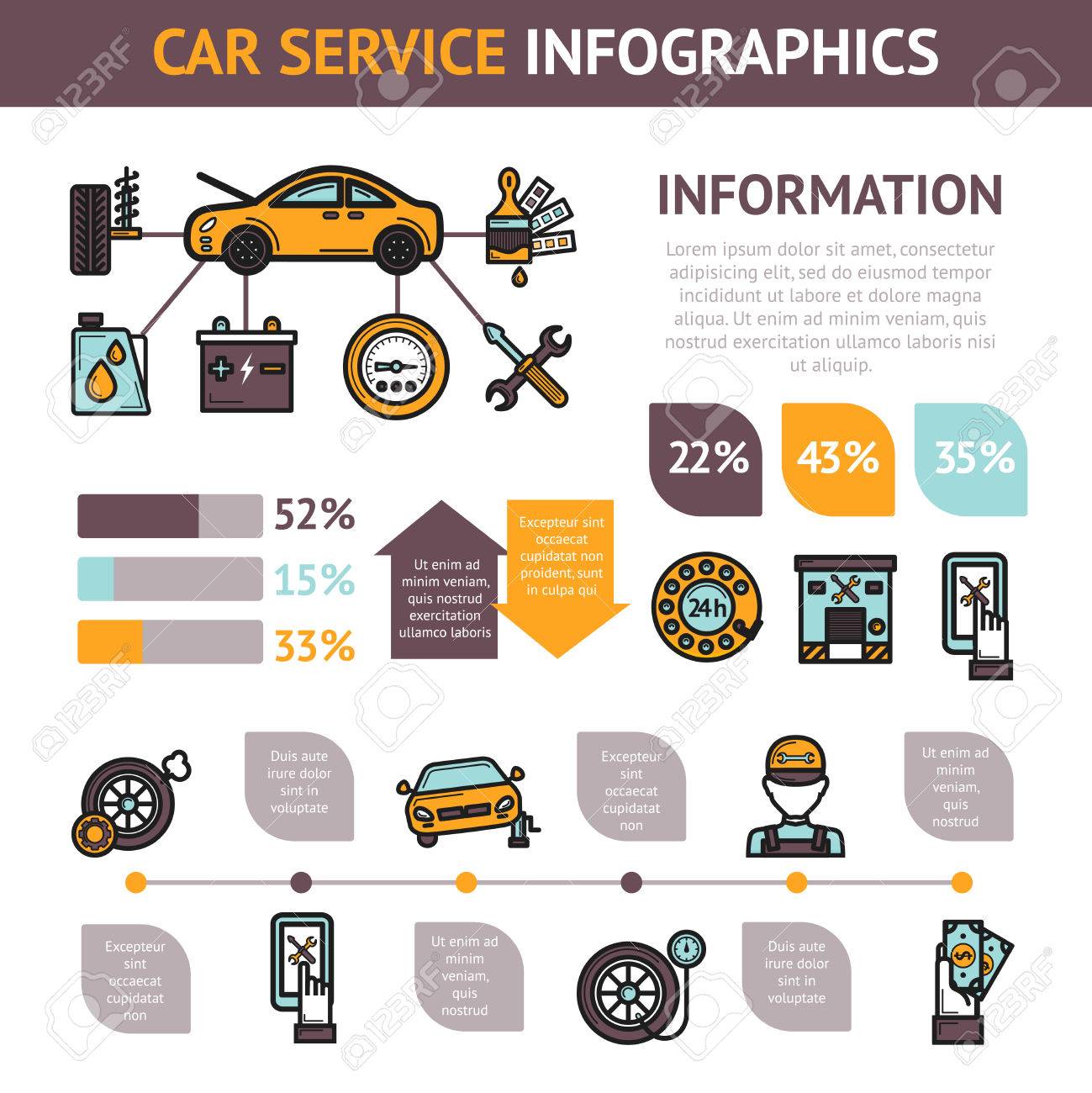Gain Understanding Into The Dashboard Warning Lights In Your Vehicle To Understand Their Implications On Your Vehicle'S Well-Being And Safety
Gain Understanding Into The Dashboard Warning Lights In Your Vehicle To Understand Their Implications On Your Vehicle'S Well-Being And Safety
Blog Article
https://easyreadernews.com/7-tips-to-maintain-your-transmission-an-avert-costly-repairs/ -Kane Conradsen
When you're behind the wheel, those radiant caution lights on your dashboard can be a bit bewildering. Do you understand what they're trying to tell you about your auto's wellness? Comprehending repair car ac of these lights is vital for your safety and security and the durability of your lorry. So, the following time one of those lights pops up, wouldn't you intend to decipher its message accurately and take the required steps to resolve it?
Common Warning Lights and Interpretations
Determine typical caution lights in your car and understand their significances to guarantee risk-free driving.
The most typical caution lights consist of the check engine light, which signals problems with the engine or emissions system. If this light comes on, it's essential to have your vehicle inspected quickly.
The oil stress warning light shows low oil stress, calling for prompt interest to stop engine damages.
A blinking battery light might suggest a defective charging system, potentially leaving you stranded otherwise dealt with.
The tire pressure tracking system (TPMS) light notifies you to reduced tire pressure, affecting automobile stability and fuel performance. Disregarding this could cause unsafe driving conditions.
The ABS light suggests a trouble with the anti-lock stopping system, jeopardizing your capability to quit quickly in emergencies.
Last but not least, the coolant temperature level cautioning light warns of engine getting too hot, which can lead to severe damage otherwise settled promptly.
Comprehending these usual warning lights will aid you deal with problems without delay and keep safe driving problems.
Importance of Prompt Interest
Comprehending the typical warning lights in your auto is just the first step; the relevance of immediately attending to these warnings can not be emphasized enough to guarantee your safety and security when traveling.
When a warning light illuminates on your dashboard, it's your car's method of connecting a prospective problem that requires interest. Overlooking https://brakesnearme74951.develop-blog.com/36626358/comprehending-auto-mechanic-certifications-what-they-mean-for-you can result in more serious problems down the road, compromising your safety and security and potentially costing you more in repairs.
Prompt attention to alerting lights can avoid failures and crashes. For instance, a blinking check engine light might show a misfire that, if left ignored, can trigger damage to the catalytic converter. Addressing this immediately can conserve you from an expensive repair work.
Likewise, a brake system warning light could indicate low brake liquid or worn brake pads, vital components for your safety and security when driving.
Do It Yourself Troubleshooting Tips
If you see a caution light on your control panel, there are a couple of DIY troubleshooting suggestions you can try before looking for professional help.
The initial step is to consult your automobile's guidebook to recognize what the details warning light shows. Sometimes the problem can be as basic as a loosened gas cap causing the check engine light. Tightening the gas cap may fix the problem.
Another common issue is a low battery, which can set off numerous cautioning lights. Inspecting the battery connections for rust and guaranteeing they're safe could repair the trouble.
If a warning light continues, you can attempt resetting it by detaching the car's battery for a few mins and afterwards reconnecting it. In addition, examining your car's liquid degrees, such as oil, coolant, and brake liquid, can assist fix cautioning lights associated with these systems.
Conclusion
Finally, recognizing your automobile's warning lights is essential for maintaining your automobile running smoothly and securely. By immediately dealing with these alerts and understanding what they indicate, you can prevent expensive repair work and prospective malfunctions.
Bear in mind to consult your auto's guidebook for certain details on each warning light and take action as necessary to guarantee a hassle-free driving experience.
Remain notified, stay risk-free when driving!
